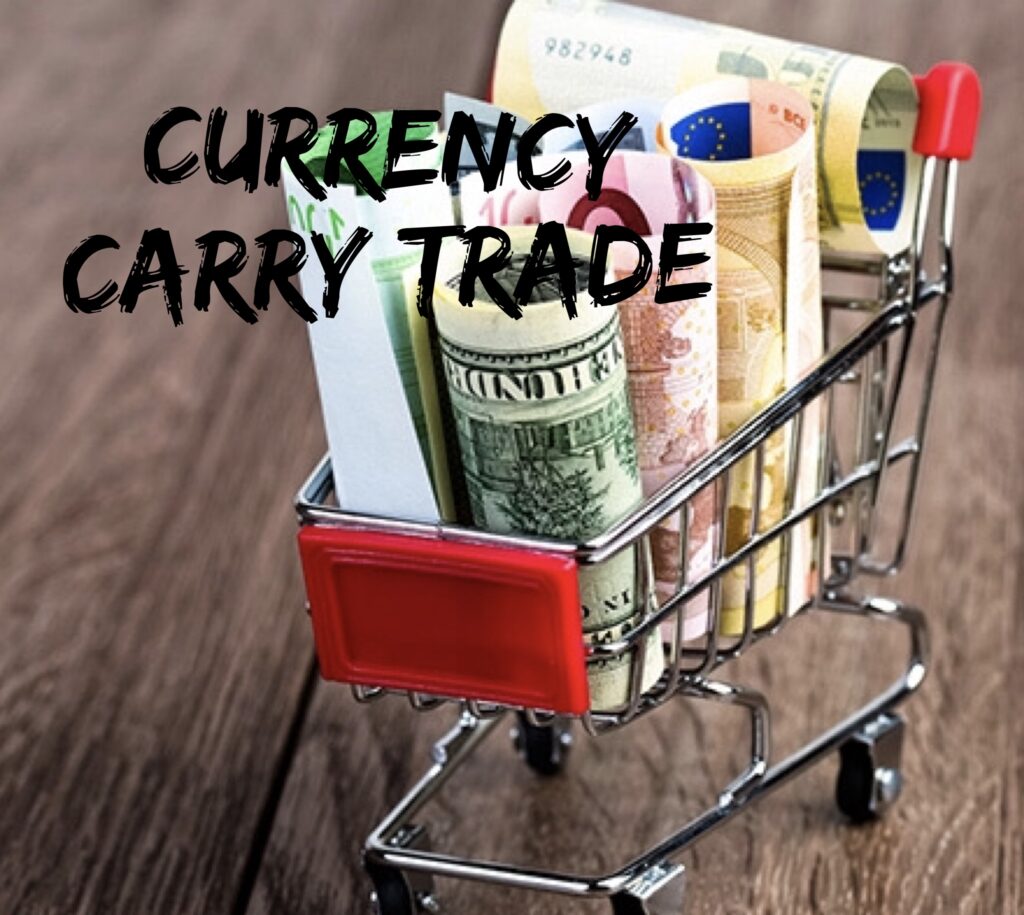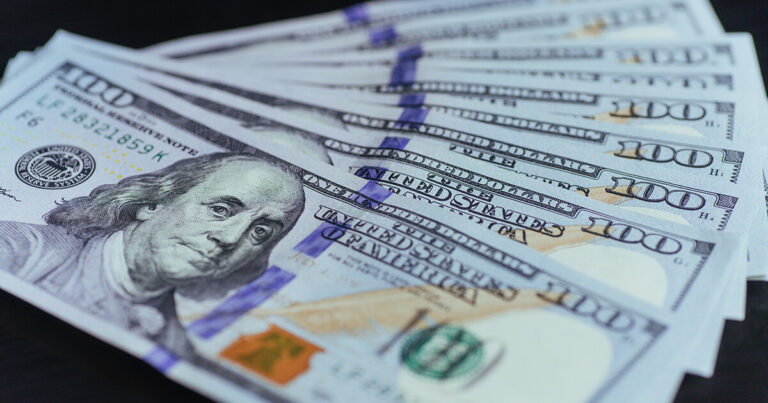In addition to your regular forex trading strategy, you can also make more money from currency carry trade. Experienced traders have taken advantage of foreign exchange currencies – traded in pairs – to enrich themselves through the carry trade.
What is it, and how can you make money from it? This article aims to answer these questions and enrich your trading experience in forex trading.
What Is A Currency Carry Trade?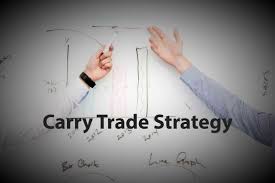
A currency carry trade strategy entails selling/borrowing a low-interest financial asset then using it to finance a high-interest financial asset.
In a currency carry trade, you pay a low-interest rate on the financial asset that you sold/borrowed, while you get higher interest on the financial asset you bought.
The difference between the two interest rates of a currency pair constitutes interest rate differential, also known as rollover. In a bombshell, the carry trade definition is buying low while selling high.
In the forex trading world, interest carry trade is among the popular trading strategies. With its high leverage level and daily payouts, the carry trade can be attractive and charming, particularly in the spot forex market.
Many financial investors may dismiss a 4% Forex interest rates carry trades, but in forex trading that is usually heavily leveraged, forex traders always salivate at massive returns.
For instance, the 4% interest rate differential on a 20 times leverage could give you 80% in profits in just one year.
The currency carry trade strategy is prevalent in the spot forex for three reasons. First, interest rates paid daily, second, higher leverage, and third, margin-based trading where you only input a small percentage (1% or 2%) of the amount, and your broker adds up the rest.
High yielding currencies pairs like AUD/JPY and NZD/JPY are highly favoured and commonly traded in the forex markets. The Japanese yen has a near-zero interest rate policy while Australia and NewZealand have higher interest rates.
Earning interest is the main idea behind interest carry trade, and income in long carry trades accrued daily. Rollover or carry trade swap fee received based on the positive carry of the trade.
Must Read: Understanding Forex Rollover Concept in Forex Market
Mastering carry trade formula is not a master as the online carry trade calculator simplifies the calculations for you so that you can focus on analysing the carry trade charts.
How Does A Currency Carry Trade Work?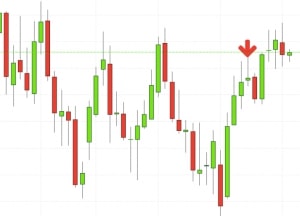
Currency carry trade work when central banks implement monetary policies that affect interest rates. The banks may increase or announce intentions to raise them.
Investors gain either from the yield, currency appreciation, or both. Currency carry trade operates under certain conditions, and therefore, it may work or fail.
To illustrate this better let us look at the two scenarios:
When Do Carry Trade Work?
When the outlook of a country’s economy is good, and investors have positive sentiments, they would go for the carry trades. At this period, they are optimistic, and the improving economy ignites their appetite for riskier forex markets.
They would sell safe-haven currencies that are low yielding and invest in high yielding currencies such as the Australian dollar and Canadian dollar. The low-risk currencies include the Japanese yen, the US dollar, and the Swiss franc.
During good economic conditions, a Country’s Central Bank usually increases interest rates to control inflation. Such a condition is ideal for currency carry trade because higher interest rates translate into higher forex interest rates carry trades.
As forex investors engage in low-risk aversion measures, the carry trades work best.
When Does Carry Trade Fail To Work?
It is not all the time that a country’s economic outlook is good such as during the global coronavirus pandemic that severely ravaged the world’s economy. When the prospects are bad, investors would prefer to keep their money in the safe-haven currencies.
This situation worsens when investors think that the central bank will lower interest rates to boost its economies. During weak economic conditions and negative sentiments, forex trading investors become jittery and engage in high-risk measures.
At such times the investors sell the high-yielding riskier foreign currencies and put their money in safe-haven currencies that are generally low yielding.
When carry trade charts indicate high-risk aversion, the investors will not invest in the high-risk markets. Getting profits is no longer a priority, but putting money in a safety net becomes the focus now.
However, another risk emanates from the central bank that causes the currency to carry trade not to work. At times the central bank may intervene to stabilise its currency when it is falling or increasing too much.
Any intentions to intervene always reverse the gains made in the carry trade.
Selecting A Carry Trade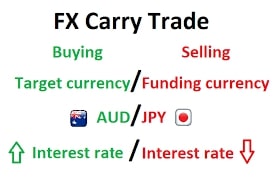
Getting an fx currency pair for currency carry trade is simple. It involves looking at two things, namely:
- Find the highest interest differential. Look for the one with high yielding interest against a low yielding one.
- Get a currency pair that has been increasing steadily, favouring the high yielding currency. Also, you can choose a stable currency pair. This strategy will ensure that you remain in the trade for a long time to maximise the interest rates differential.
For example, let consider the AUD/JPY currency pair in a typical Carry trade chart. The yen has a 0.10% interest rate, while Australia has an average interest rate of 4.5%. Thus many traders like this currency pair for the apparent reason.
Do Carry Trades Have Risks?
Yes, just like any other forex trade, the forex carry trade has to carry risks because they are usually highly leveraged and overcrowded. Therefore, even in currency carry trades, it is essential to trade within your limits to minimise losses while protecting your capital.
Consistent and experienced traders always assess the carry risk involved, and trade in line with their risk management strategy. Before you carry on as a trade, it is prudent to look at the carry risk involved and check whether it is within your trading plans.
Must Read: How to Create a Winning Forex Trading Plan
Currency carry trade explained appears simple, but in reality, things are different, and you could lose your investment without a proper risk management strategy.
History – like in 2008/2009 world financial crisis, many lost their investments – has exposed the vulnerability of forex trading to carry risk.
Conclusion
In the currency carry trades, forex traders make gains from fx interest rate differential and currency pair appreciation. Take caution as economic conditions, and political fundamentals frequently affect the world economies.
Thus interest rates and interest rates differences could change as well, making the common carry trades (e.g., yen carry trade) unworthy. All in all, the carry trade can make you lots of profits if properly used, in conjunction with your forex trading strategy and proper risk management.
Must Read: What Are Forex Risk Management Strategies

